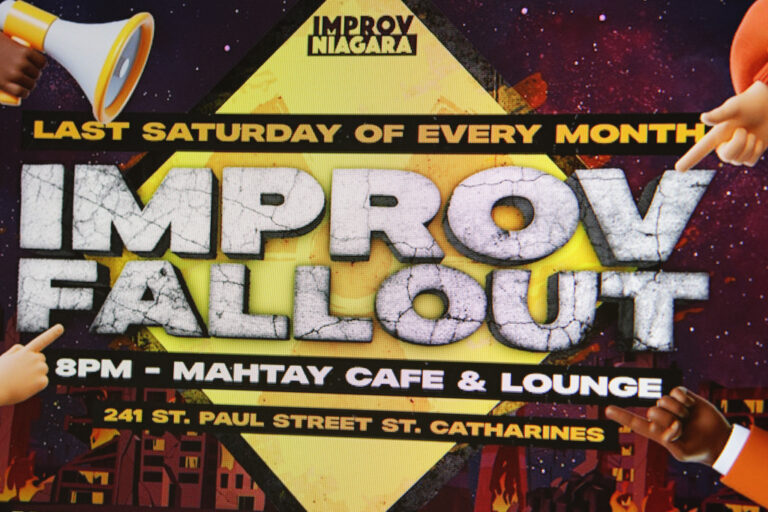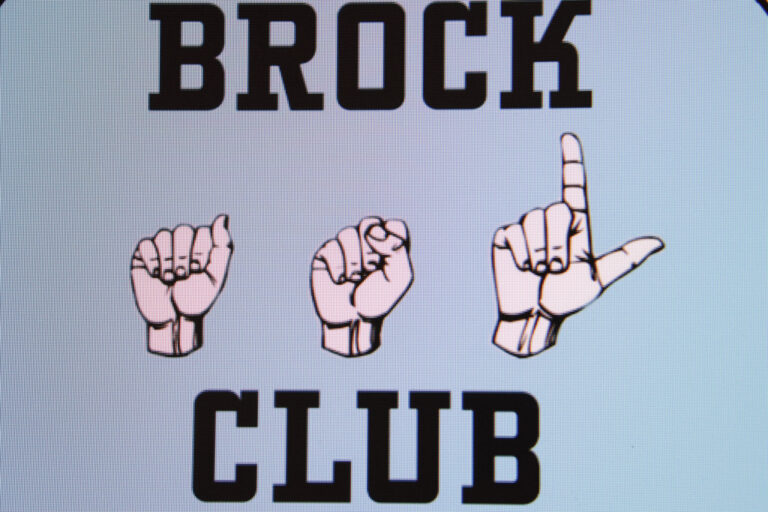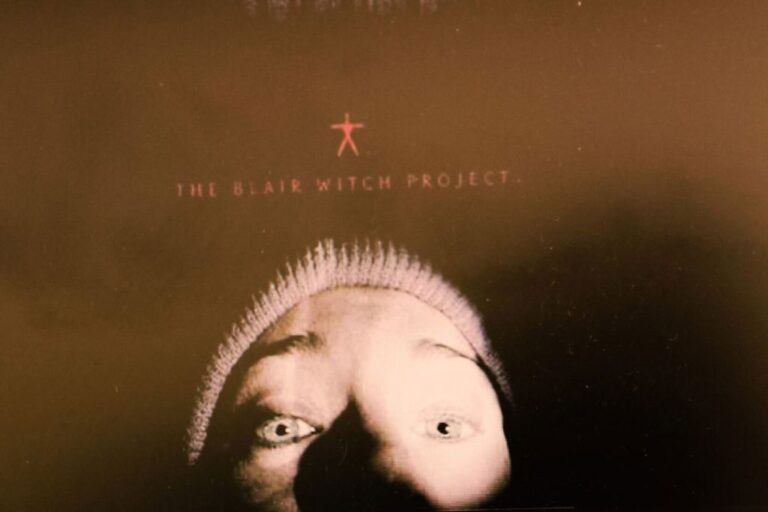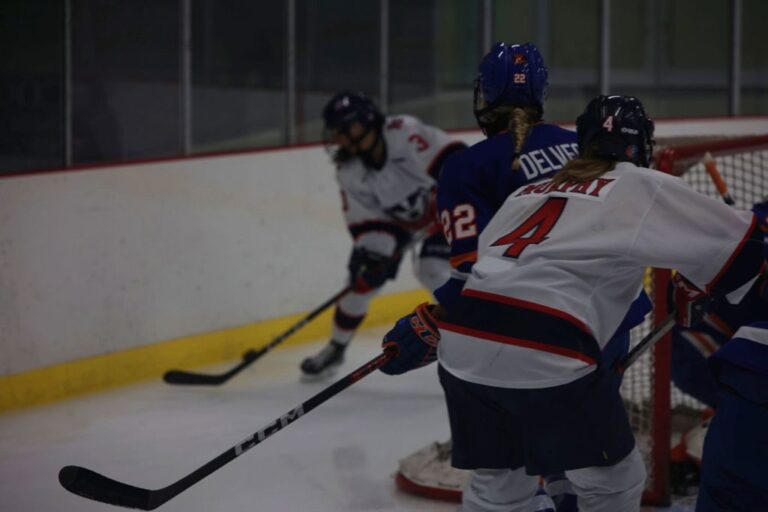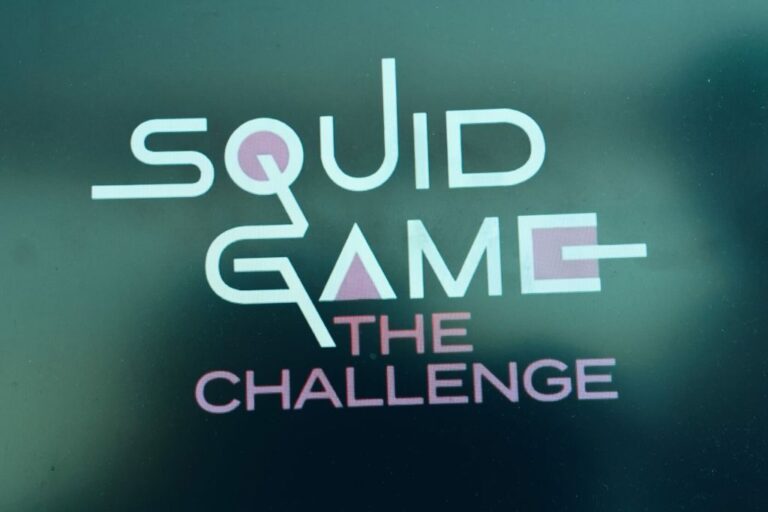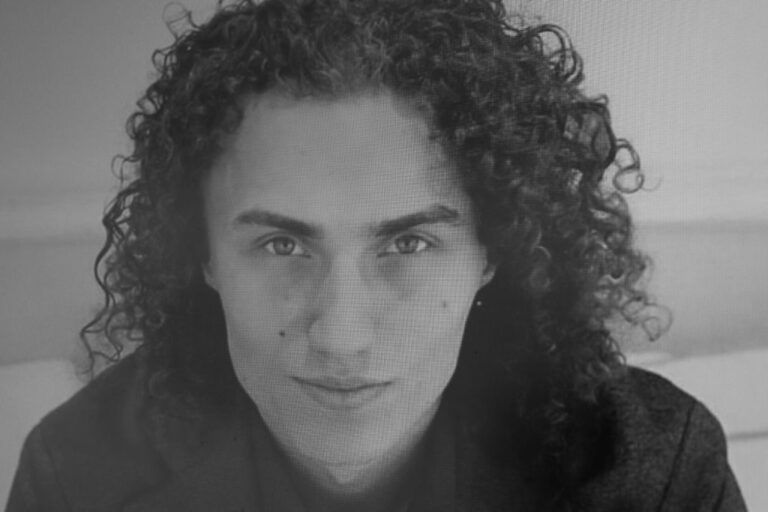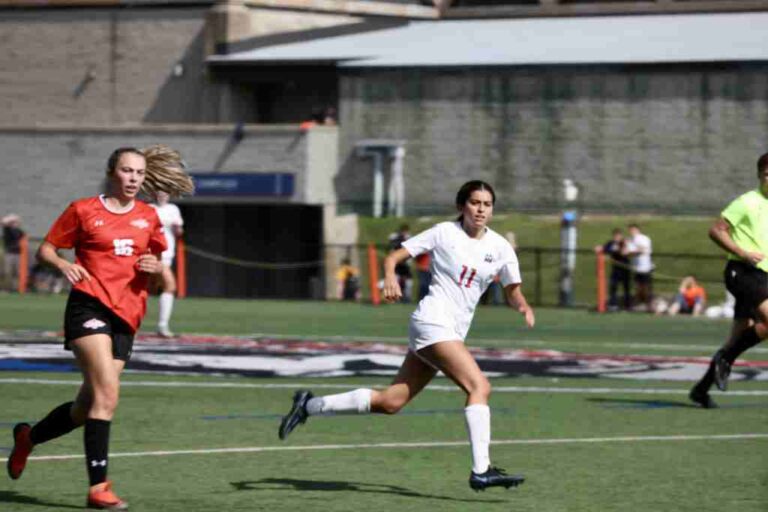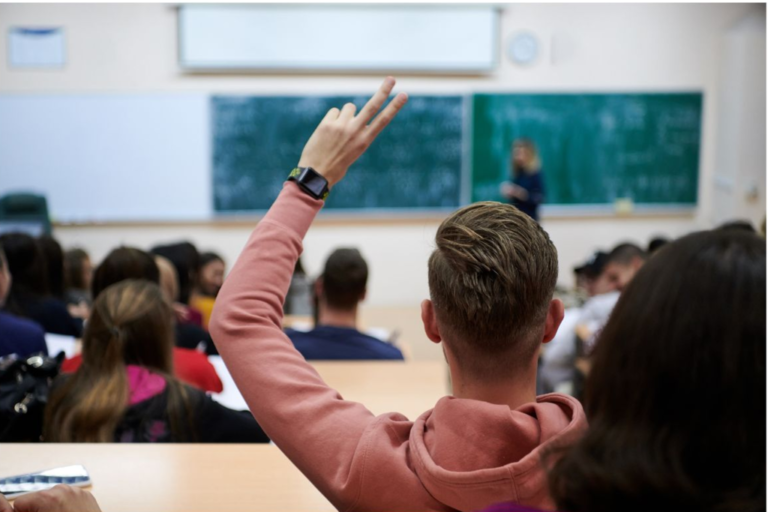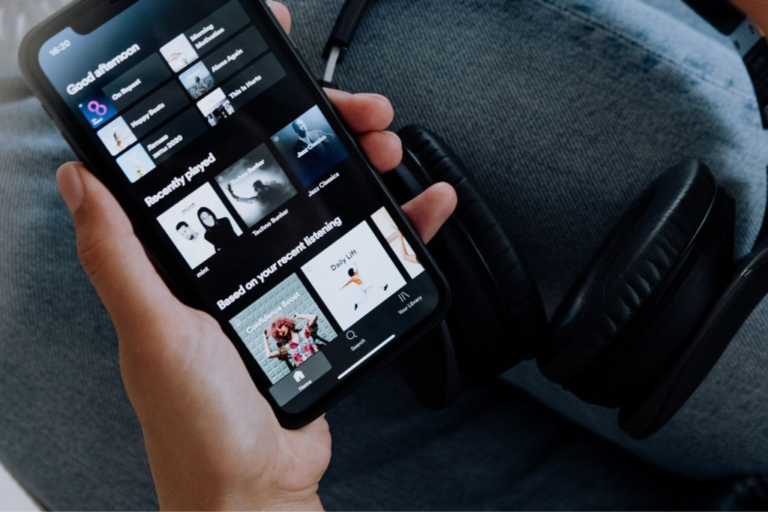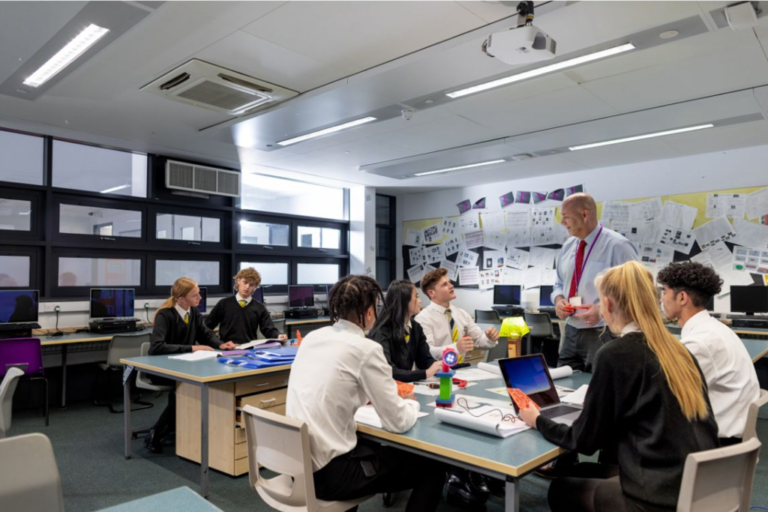SZA’s recent response to a fan referencing a fanbase meme on Instagram was inappropriate for a person who willingly chose a life of fame.
A few weeks ago, TikTok user “vadellor” shared an experience in which Grammy-winning artist SZA privately messaged her. vadellor, who goes by “Vaseline,” had attended one of SZA’s shows and posted a picture on Instagram referencing the fanbase meme “SZA Wack.” For those unacquainted, “wack” refers to something that is not good, annoying or generally uncool.
Vaseline tagged SZA on the photo taken at the concert, and surprisingly, SZA came across the photo. Unfortunately, the artist was offended by the meme, leading her to comment on the post, writing:
“I don’t think you realize how f****d up that actually is and how hurtful it was back then and how it RUINED my confidence and desire to perform live. Y’all not human it’s sad. Really wish you the best. Love.”
After seeing the comment, Vaseline quickly became embarrassed and deleted SZA’s comment, prompting the artist to privately message the fan.
In the hour-long back-and-forth that ensued, SZA explained that her feelings matter and that “being the butt of a joke [just because you’re] popular doesn’t make it better or okay.” Vaseline explained that the meme had become popular within SZA’s fanbase and that they didn’t intend any harm by using it, but the dialogue still ended negatively.
This issue brings up the topic of celebrities’ feelings and what’s appropriate for fans to share online. The other question this situation raises, however, is this: is it appropriate for celebrities to respond to individual comments online whenever they see something that might be personally upsetting?
The first thing to make clear is that people’s feelings matter, whether they’ve got tens of millions of followers or none at all. SZA is completely correct that her anxiety and mental health are important concerns, and her position of fame doesn’t take that away from her.
Despite that, there’s something uncouth about a massively popular celebrity reaching out to individual people making jokes on their social media pages.
When a person willingly chooses to enter a life of fame, they must accept that there are going to be jokes made at their expense. Whether these jokes are made by fans as joking references to fan base humour, or it’s coming from genuine critics or ‘haters,’ there is a level of acceptance that must come with taking on fame. This is a natural part of being a celebrity. There are people that aren’t going to like you, and there will be people that are outright cruel.
Vaseline’s post didn’t seem to follow either of these trends, but for the purpose of understanding this topic, let’s further explore the potential of even harsher statements.
This isn’t to say that hateful comments are acceptable just because the subject is a celebrity – bullying is bullying regardless of the target. But when a person takes on massive fame, they should know the circumstances they are getting themselves into. It’s okay to have your feelings hurt, but part of being a celebrity is leaving jokesters alone and focusing on your craft. There’s a reason why famous singers and actors don’t reach out to every critic of their work – they might be personally upset, but they ultimately move on and don’t single anyone out. That’s just a part of having widespread fame.
Of course, there is a line here. Perhaps some more outrageous comments or jokes might justify some sort of response, especially when they become dangerous for the celebrity (although at this point, these can no longer be considered innocent “comments” or “jokes”). In this case, SZA singled out a fan who made a reference and spent an hour accusing that fan of not caring about her feelings.
That’s not her responsibility. While SZA is completely valid to feel however she wants about jokes or critics, it is inappropriate as a celebrity to message a single person who, in this case, was making an ultimately innocent joke.
Some people might not be okay with this for themselves. They may feel that it should be appropriate to defend themselves in any given case, and that’s okay. But if they aren’t able to accept this, they should understand that assuming a life of fame might not be the right path for them. There is a level of public resilience that needs to come with fame, and those who can’t handle this should consider if aiming to become a celebrity is really the right choice for them.
Celebrities’ feelings are valid, and they deserve support systems to help them through their troubles, but those who willingly assume a life of fame must understand and accept the inevitable negative aspects that come with it.




